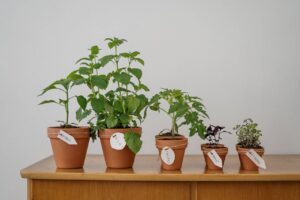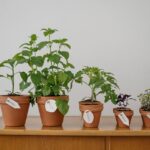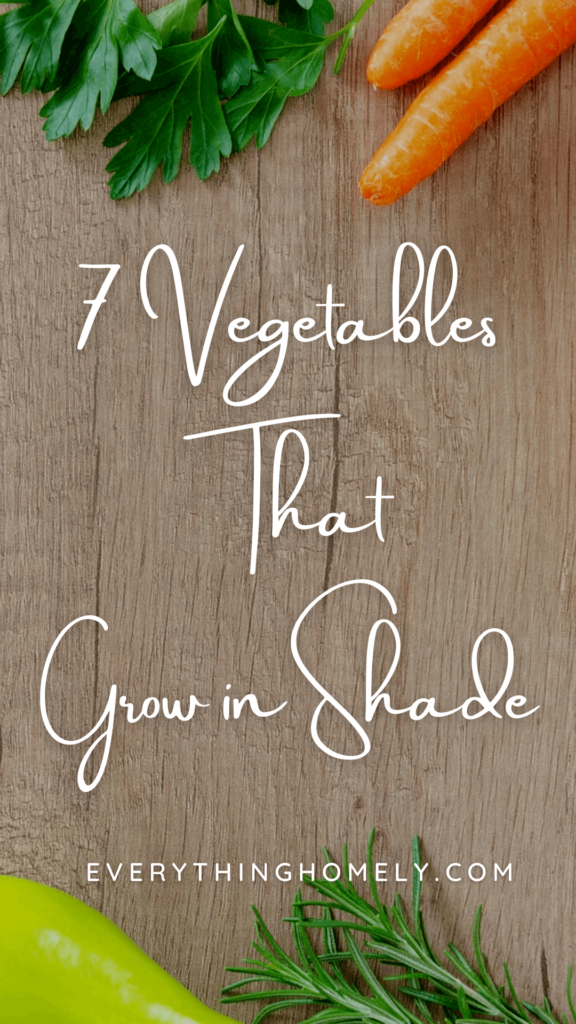
Most crops need lots of sun and most vegetables grow best in full sunlight. Their requirement is around six hours of full sunlight each day. But there are some vegetables that grow in shade too. They thrive in low sunlight conditions.
In this article, we will go through some shade-tolerant vegetables that can be grown in the garden.
A little shade does not stop them from growing. You can enjoy these homegrown fresh harvests in a limited amount of sunlight.
1. Beets
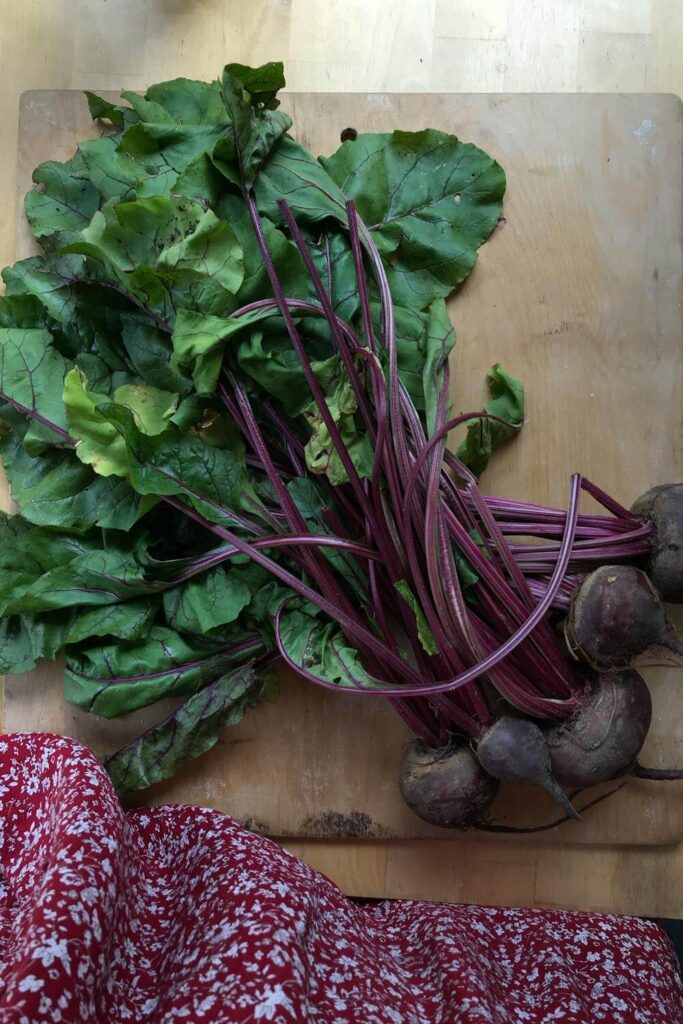
These are quick-growing fiber-rich vegetables that can tolerate shade. They can be grown in partial shade and require around four to five hours of sunlight every day.
When grown in partial shade the development of roots is smaller than in full sun areas. But they are mellow in flavor, tender, and very tasty.
Fresh greens can be used in salads, soups, and sautings. The roots can be used as roasted, boiled, pickled, or canned.
Plant their seeds in a full-sun area to get them started. When two to three inches tall they can be replanted in a shaded area of the yard. A well-drained loose soil, rich in compost is their requirement for healthy growth. The plants should be watered when the soil looks dry. They need adequate moisture but not overwatering.
Beets should be protected from fungal diseases in the shaded areas. Their different varieties can be grown in partial shade. They can be Detroit Dark Red, Golden Beet, Cylindra, Bull’s Blood, Early Wonder, Touchstone Gold, and Chioggia.
2. Radishes
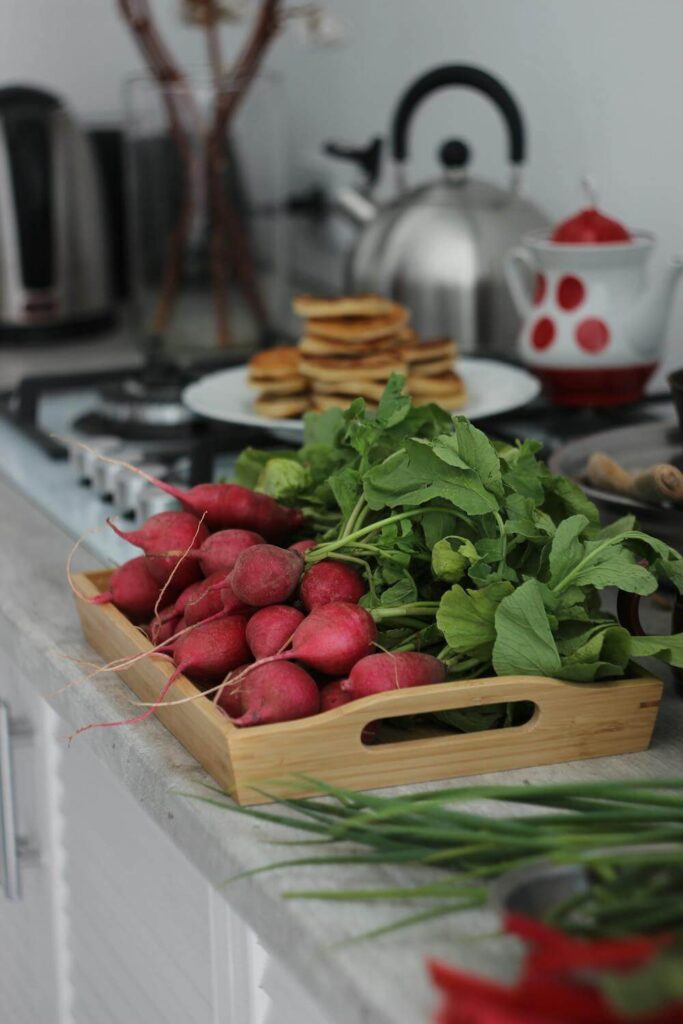
These vitamin-rich vegetables are suitable to grow in shaded areas in warmer weather.
They are one of the easiest and fastest shade-growing vegetables. Radishes need about four to five hours of sunlight to produce their tasty bulbs.
The full sunlight can cause them to bolt and the taste becomes bitter.
Shade prevents them from becoming woody and pithy. The advantage of a little shade is that it prevents evaporation of water and keeps the soil cooler.
Radishes can be enjoyed for their roots and foliage. Enjoy them raw in salads and veggie platter.
They can be enjoyed roasted, sauteed, and fried. The greens can be steamed, stir-fried, or used raw in salads.
Their seeds can be sowed in early spring when the soil is workable. They are ready to harvest in around a month. The greens are also edible.
The different varieties that can be grown in the shade are Cherry Belle, Watermelon Mantaghong, French Breakfast, and Sparkler.
They are available in various sizes, shapes, and colors.
3. Carrots
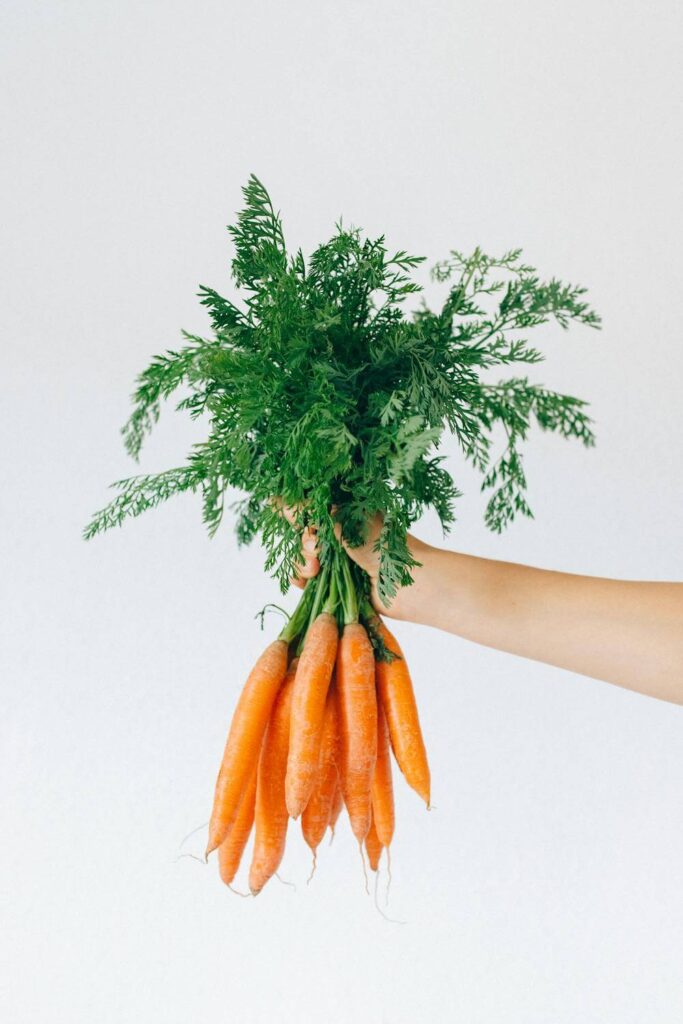
They should be planted in shade in late spring. Carrots are rich in beta carotene that gives rich hues to these yellow and orange vegetables.
They are grown for their sweet and nutritious roots. Their flavorful leaves can be added to soups and stews. Carrots grow smaller in partial shade and take a little longer to mature.
But it prevents them from bolting. They need around four to five hours of daily sunlight. Morning sun only can be sufficient for them.
Carrots can be grown by directly sowing the seeds in garden beds. The baby carrots are ready to harvest in a month and their full size in two months.
They require a loose, nutrient-rich, well-drained, and rock-free soil. Regular watering penetrating deep into the soil, encourages the long taproots to grow downward. They do not prefer waterlogging
The different shade-growing varieties are baby carrots, rainbow carrots, purple carrots, white carrots, Nantes, Danvers, Chantnay, Little Finger Parisian, and Imperator.
4. Peas
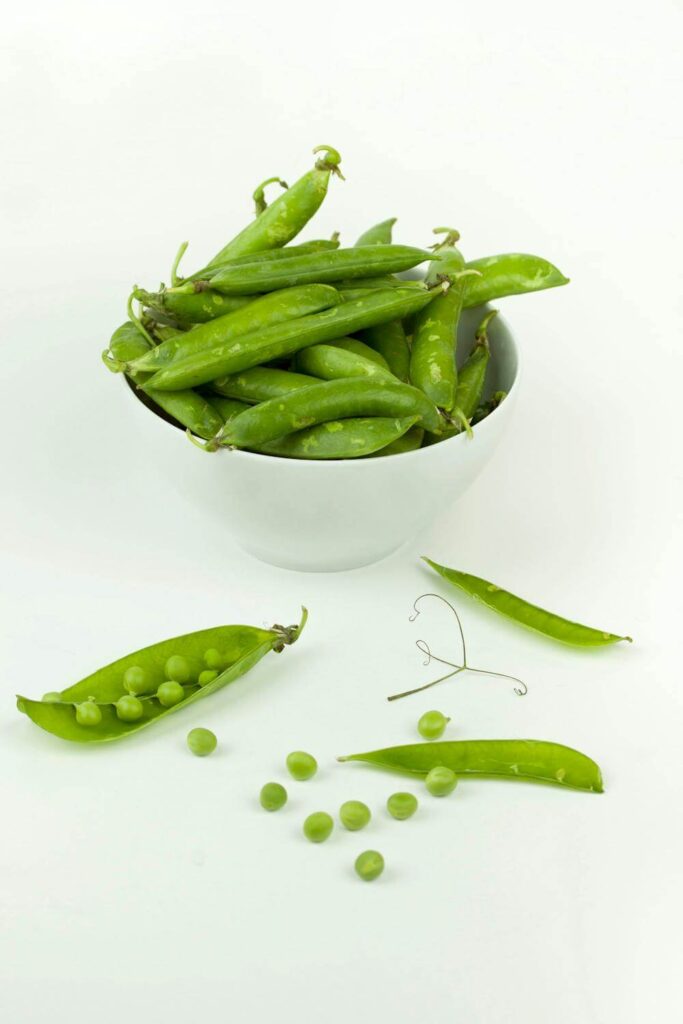
They are a rich source of vitamins C and E and thrive in cooler temperatures and shaded areas. They need four to five hours of sunlight every day. The climbing varieties need some support like trellis.
The seeds of peas can be grown in containers or garden beds. They are fast-growing and should be sown in compost-rich, well-drained, moisture-retentive soil. They are enjoyed for their crunchy pods and immature peas.
Peas can harvested in around two months when the pods are glossy and plump. The peas should be picked regularly to encourage their continued growth. They get started in early spring before the deciduous trees leaf out. This gives them extra sunlight.
The shade-growing varieties are Lona Petit Pois, Lincoln, Green Beauty, Oregon Sugar, Sugar Ann, Golden Sweet, Opal Creek, Wando, and Carouby de Maussane.
5. Spinach
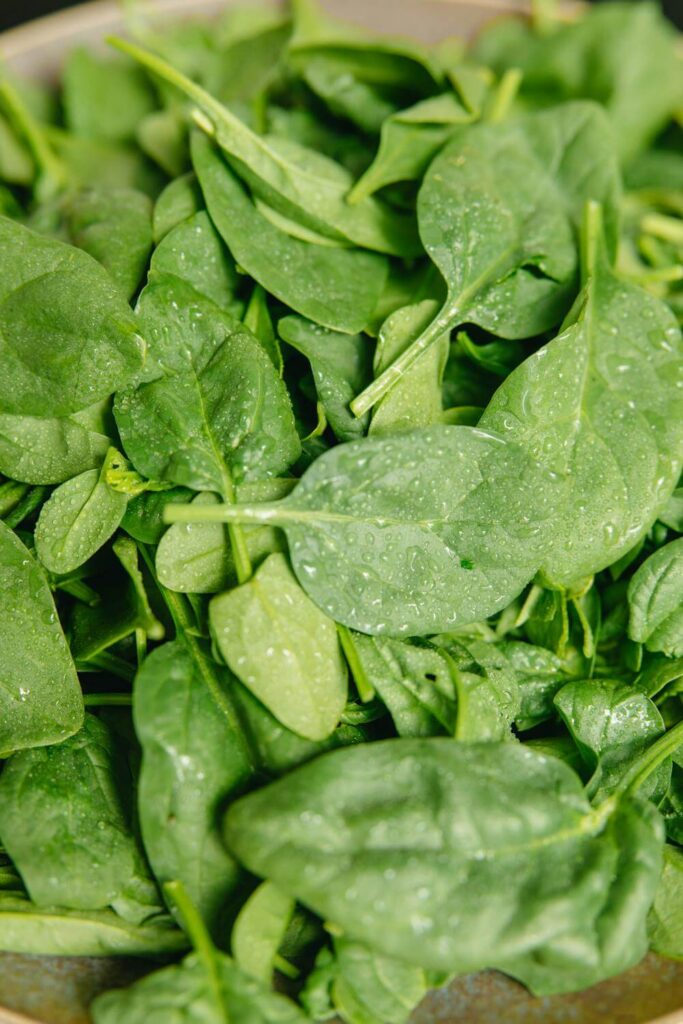
The vitamin-rich spinach grows faster in shades. The shade prevents them from bolting which results in bitterness in their taste.
They start bolting in drought-stressed soil. The sunlight requirement is around three to four hours each day. Their seeds can be sown in containers or beds of the garden. Shade keeps the soil cooler which helps in germination and early growth.
A compost-rich, well-drained, and constantly moist soil is suitable for their healthy growth. They should be harvested when the leaves are tender.
They are ready for harvest in a month or one and a half months. Harvest the outer leaves and the plant continues to produce. They are used in salads, soup, or sauteed with olive oil and garlic.
The prominent varieties that can be grown in shaded areas are Bloomsdale, Olympia, Space, Tyee, Avon, and Seaside.
6. Lettuce

These mineral-rich leafy greens are best grown in shade. The roots remain cool which helps in extending their life. They need four to five hours of sunlight every day.
Also, they prefer loose well-drained and mineral-rich soil. They can be grown in containers and garden beds. They can be started indoors or sown directly outside or can be transplanted.
Lettuce can be used as wraps or salads. They are good for supporting roles like shredded and sprinkled as garnish. They can be used in soups, juice, stir-fried, or layered in spring rolls, and wraps. Chopped lettuce can be used in rice and noodle bowls.
The prominent varieties that can be grown in shaded areas are Summer Crisp, Butterhead, Romaine, Iceberg, Simpson, Freckles, and Flashy Trout Back.
7. Swiss Chard
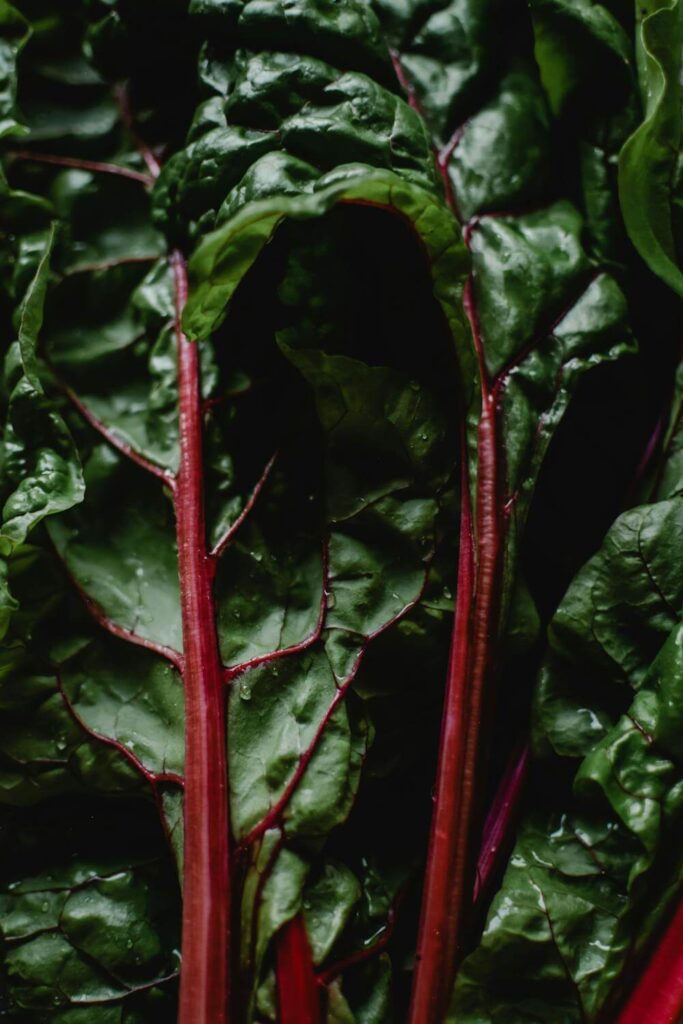
The vitamin-rich leaves grow well in shaded areas. It is easy to grow and needs low maintenance.
In the exposure of too much sunlight, the leaves can bolt and become bitter. Swiss chard needs around four to five hours of direct sunlight. They can be planted in containers or the beds of the garden.
Their seeds can be sowed directly or grown indoors and transplanted.
The baby greens are ready to harvest in around one and a half months.
They need well-drained and nutrient-rich soil to grow. The stems and leaves both are edible. Their leaves and stalks can be enjoyed raw, steamed, or sauteed. Swiss Chard can be enjoyed in soups and salads.
The different varieties of Swiss chards that grow in shaded areas are Fordhook Giant, Rainbow, Ruby Red, Celebration, and Bright Lights. Their varieties are available in different shades like red, yellow, and pink. These beautiful varieties can be used for ornamental gardening and mixed with other flowers like pansies.
Final Thoughts
Now that you know about the vegetables that grow in shade, you can grow your vegetables indoors and enjoy them. These vegetables are easy to grow and can be used in a variety of food recipes. It’s time to start your home garden.




